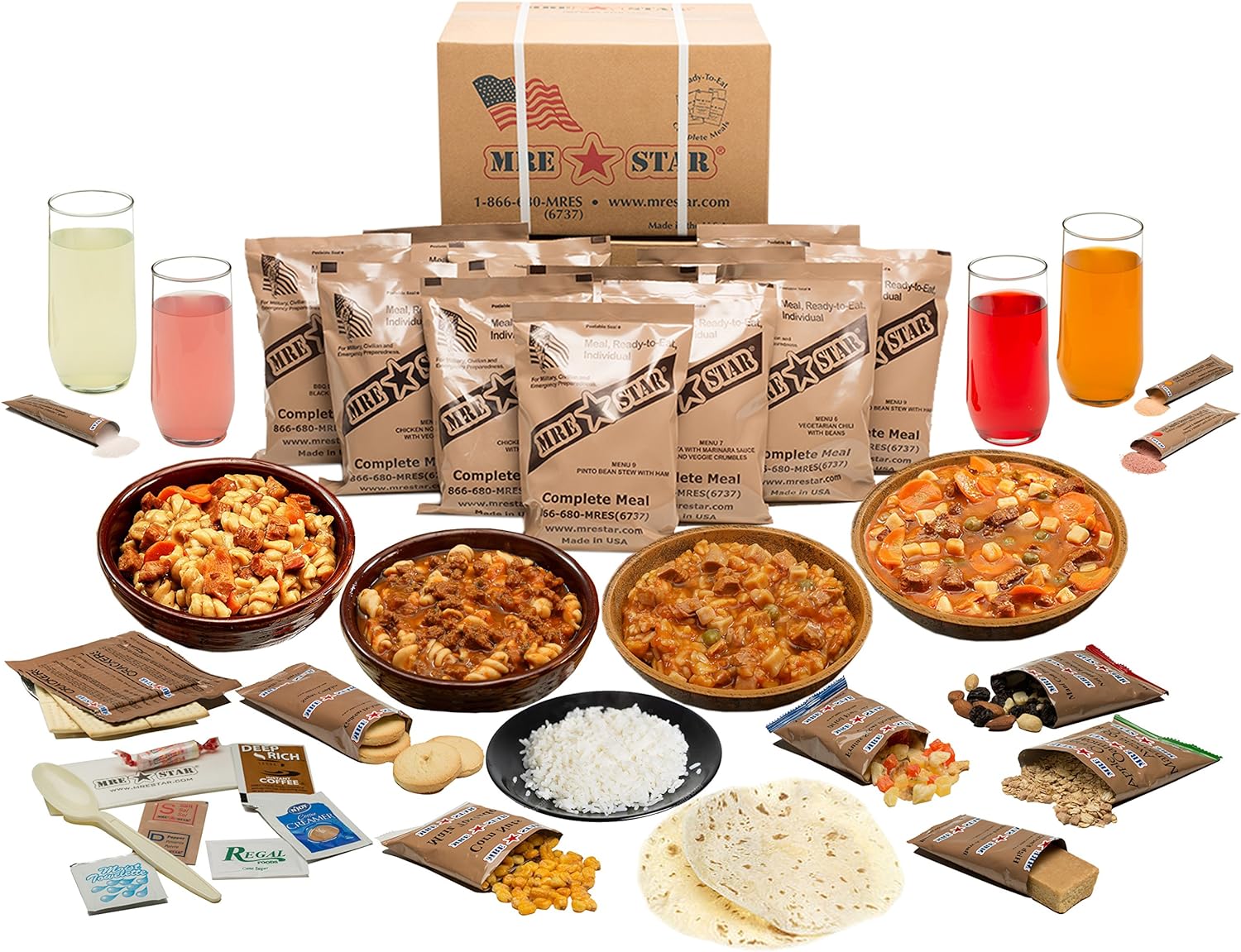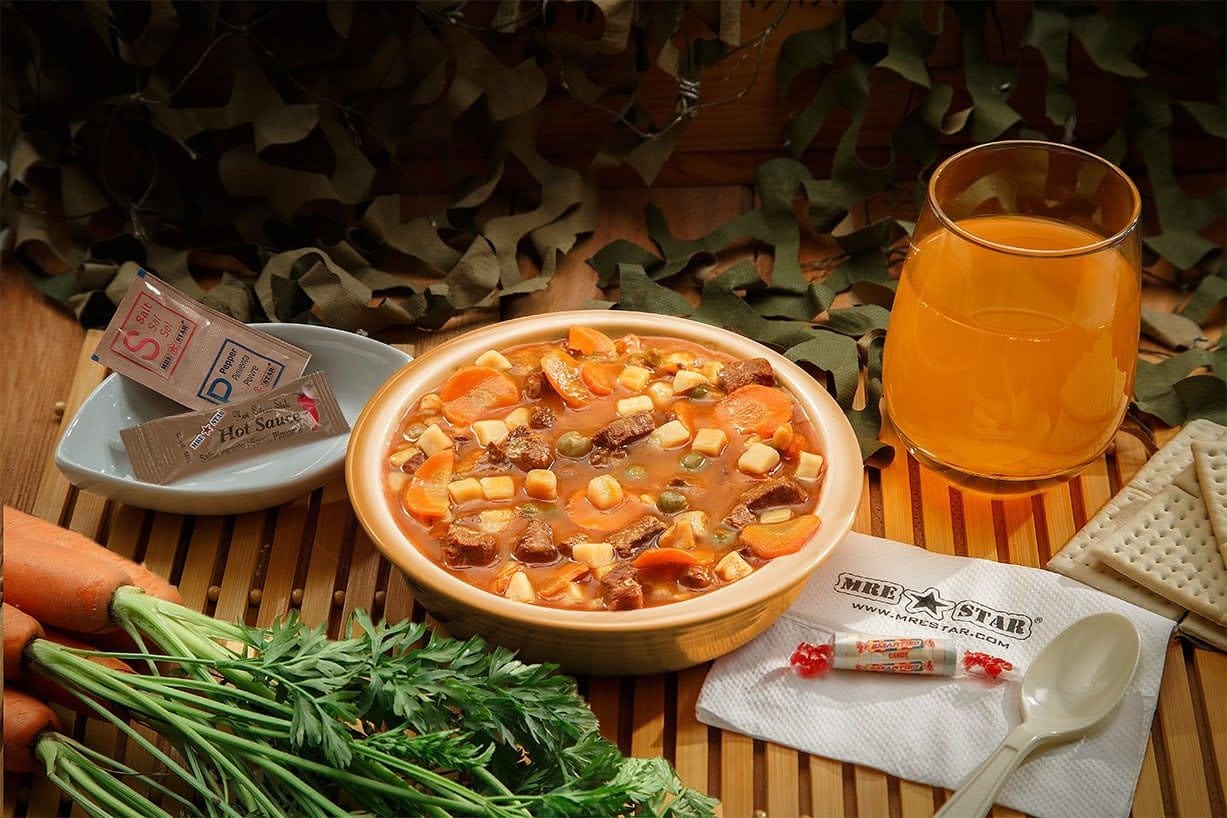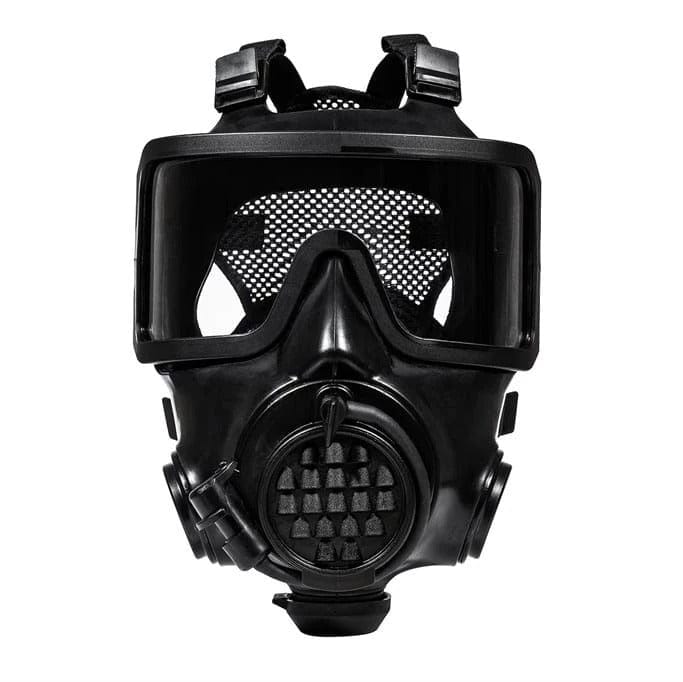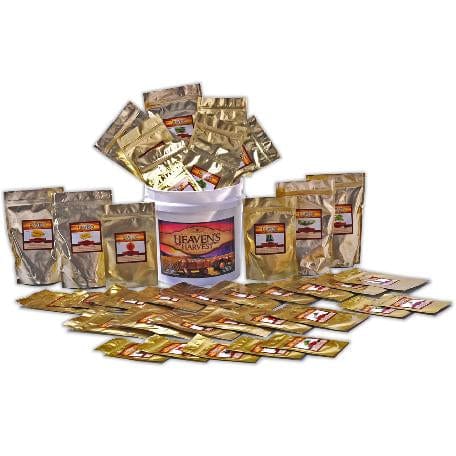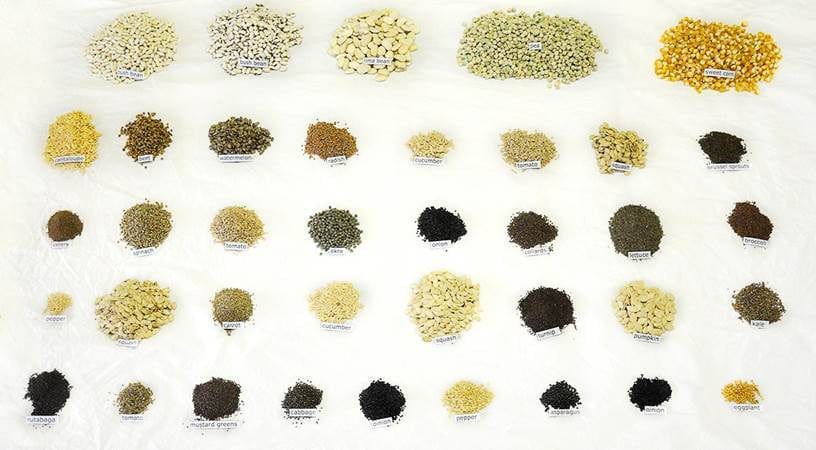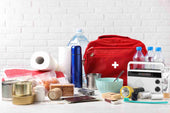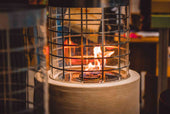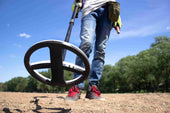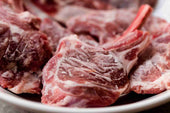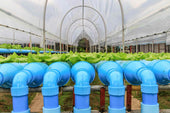Indeed, starting your garden is one of the best things you can do during this quarantine period. You can plant vegetables or fragrant flowers. You can even do both.
As you get your hands a little dirty, the whole family can benefit from it. If you are new to gardening, it might be challenging to determine where to start.
Remember, it doesn't need to be complicated. Break your project into manageable steps, and you can make the project tolerable.
Soon, you will reap the rewards of your efforts: delicious harvests, colorful blooms, and beautiful views.
If you need help figuring out where to start, this article will help you.
Know What to Plant

Do you wish to plant an herb garden? A flower garden? A vegetable garden? If you select herbs and vegetables to grow, produce ones you or your family will eat.
Meanwhile, if you wish to have flowers for their color, flair, and fragrance, you must decide what flower you want. Decide whether to have flowers that will bloom most of the summer but have to be replanted each spring. You can also have perennials with a shorter bloom time. However, they can return year after year.
Remember, each plant will make a stunning garden. However, they will have different maintenance requirements.
As advised, you can start small until you have a good idea of what you are getting into.
Choose the Correct Spot at your Home

Most of the flowers and vegetables in your garden will require 6 to 8 hours of full sun daily. You must observe your yard to know which spots will receive full sun versus partial shade. You don't have to worry if your garden lot is shady.
Sometimes, growing tomatoes in this area requires help. However, you can also try other plants, such as outdoor ferns or hostas. Remember to take this step and know your plants' light requirements.
Check the plant tags. You can also ask your local garden center for help understanding your plants' light conditions. It is best to choose a flat spot for your garden. A sloping garden will be time-consuming, complicated, and expensive.
Make sure to check for windbreaks that will protect your plants from the strong winds. Please place it in the park where you can't ignore and see the pleas.
For example, you can put it in the back door, by the window, or near the mailbox. It would be best if it were near the water spigot, so you wouldn't have to drag the hose across the entire garden.
Plan your Garden Beds
As soon as you know where to have your garden, determine the size and type of your garden beds. It is attractive to have raised beds. It will make work more accessible in your garden. However, it can also dry out more quickly. If the areas are very dry, the sunken beds can gather the available moisture.
Consider planting your garden in beds of plants or blocks instead of single rows. Beds must be 3 to 4 feet across and narrow enough for you to reach the center from either side.
Furthermore, beds must be at most 10 feet long. With this, you will not be tempted to enter the bed and compact the ground. You can place the plants in a grid or row pattern in the garden beds. Your goal is to minimize the walkways and maximize the growing space. You can add soil amendments and fertilizer to the planting area. Indeed, this can help you save time and money.
Work with companion plants to attract beneficial insects and help improve the growth rate. The goal is to start small to give the plants enough room to grow. The seeds and transplants are tiny. However, full-grown plants can get big. If the plants are overcrowded, they can have difficulty thriving.
Even a small but well-tended garden can produce as much as a large yet poorly tended garden.
The most common are rectangular or square beds. However, you will be limited with your imagination and building skills. The majority of the raised bed kits are rectangular. You can plant your garden in old drain pipes or water tank livestock sections.
Buy Basic Garden Tools

Working in your garden will become a pleasure rather than a chore with the right garden tools. When chopping the raw carrots, do not use a butter knife. You must also refrain from using flimsy or dull tools.
Some essential gardening tools include a scuffle hoe, garden hoe, leaf rake, dirt rake, D handle shovel or garden shovel, and hand tools. If possible, don't buy cheap plastic tools. You can check the yard or estate sales for bargains on simple metal tools. You can also check on your local garden center. See that you get the tools of the right size to reduce the risk of injury when gardening.
Having good tools will save you time and effort. To keep your devices clean, treat them like knives and sharpen them.
Clear the Ground

Make sure to get rid of the sod that covers the area that you wish to plant. If you are hoping for quick results, you can cut it out. This is true if it is spring already and you want to have vegetables this summer.
Try to slice under the sod with a spade. Then, cut it into sections to make it easier to remove.
After that, put your compost pile to decompose. Smothering the grass with newspaper will be easier but will take longer. You can cover your garden with five sheets of newspaper.
Double this amount if your lawn is St. Augustine or Bermuda grass. Then, spread a 3-inch layer of compost, a combination of topsoil, and the potting soil in the newspaper, and wait. It will take four months for the paper and compost to decompose.
When spring comes, You will have a bed ready to plant with no grass or weeds and plenty of rich soil.
Improve the Soil
If the soil is more fertile, vegetables and other plants will have a better chance of growing. Therefore, it is important to boost the residential soil, especially when the topsoil has been stripped away.
Sometimes, soil can be poor, wet, infertile, alkaline, or acidic. The solution to these problems is simple: Add organic matter. Add 2 to 3 inches of composted dry grass clippings, decayed leaves, or animal manure when digging or tilling a new bed.
You can leave the organic matter on the surface to avoid digging or working with an established bed. Let it rot into hummus or organic material. The earthworms will do their work by mixing the hummus with the subsoil. If you wish to learn more about your soil, you can do a soil test through your county cooperative extension office. They will guide you through the procedure. They will help you determine how much soil to put on your garden.
Moreover, they will help you choose the best time to have some samples. You can expect a two-week wait for the findings. After that, you will know what your soil lacks and how you can correct it.
Grow Up, Not Out

Apart from intensive planting, trellising is considered the most efficient way to utilize the space in your garden. Those with tiny gardens will want to grow as many crops as possible on their vertical supports.
Meanwhile, gardeners with space will need physical support for their vegetables, especially for pole beans and peas.
Vine crops like tomatoes and cucumbers are other trellised vegetables. The fence around your garden can act as a trellis if it can be rotated in different years.
The other kinds of vegetable supports can be made from wood or metal. However, no matter what design or material you use, you can have your trellis in place before the plants need its support. This is preferred even before you plant the crop.
For some vegetables like melons or tomatoes, gently tie the plants to the support.
Keep the Crops Moving

Crop rotation means planting the same crop in the same place in your vegetable garden once every three years. This will ensure that the same vegetable garden does not deplete nutrients year after year and will also prevent insects or disease pathogens from hiding in the soil after harvesting the crops.
In the three-year crop rotation system, you can write your garden plan on paper during each growing season. Make sure to show the location of all crops. If you grow different vegetables, these garden plans will become essential.
It will be difficult to remember what you increased even last season. However, if you save your garden plans for the past two or three years, you don't have to rely on your memory alone.
Critter Control
Your hard work will be worthwhile if you don't varmint-proof your garden. As such, you must build a tall fence that extends at least 12 inches from the base.
Remember this unless your vegetables are in containers or on an inaccessible patio or deck.
With a fence, the rabbits and woodchucks will not burrow. For accessible container gardens, you can have plants covered with hardware cloth cages. You can also have supported plastic mesh. With this, the critters will not have a feast on your porch.
Care and Harvest
Keep the seeded areas moist until the plants emerge. Mature vegetables typically require an inch of water every week. It is better to have a good, deep-soaking plant than frequent, light watering.
To minimize the diseases of the vegetables, water them early in the morning. Make sure not to wet the leaves. Fertilize if necessary. Suppress the leaves with a thin layer of mulch.
You can pluck them out when they are young. They will compete with your other vegetables for light and water. You can harvest the vegetables regularly until they peak for continued production and the best flavor.
Continuous Harvest

To maximize the growing area in your garden, you can plant the crops in succession. Too often, the gardeners will prepare their seedbeds and plant their crops for one or two days in the spring. They do this after the last frost date for their location. There is nothing wrong with this.
However, it will be easier to plant a few seeds at a time throughout the growing season. Indeed, the job will become easier whenever you divide it up. You can produce something new in the garden every week of the season.
Conclusion

Starting a small garden might be a massive chore for some. However, if you take a systematic approach and remember a few things in mind, you will realize that the job is easy. Eventually, you will see that your efforts will pay off whenever you see the table filled with fresh and delicious harvests.
Indeed, gardening can be a rewarding job even for beginners. However, you must remember that there is an art to doing it well. The Internet offers a wealth of good information and advice from experts.
One important way to improve your garden is to closely examine how the plants grow. Record your successes and failures in a garden journal or notebook. Drawing a garden will help you remember where things were growing.
Similarly, note-taking will help you prevent mistakes and ensure that you will have good results in the future. For example, you can write down the names of different vegetable entries. You can compare them yearly to know which vegetables thrive well in your garden.
Over time, this record-keeping habit will teach you more about vegetables than any book. This is because the notes will be based on your experience and observations. This will reflect what works best for you in the condition of your garden.
Just like in other pursuits, it will take practice to perfect the art of gardening.


